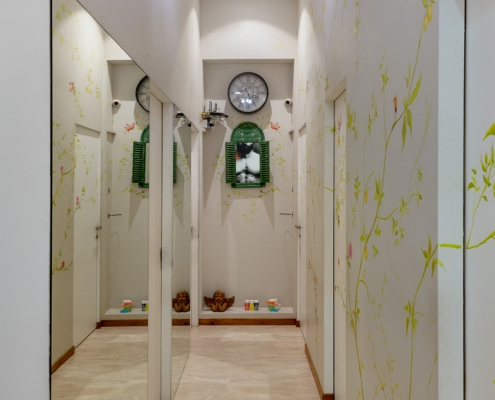What are Laser Treatments for ?
Lasers are of different kinds. The type of laser used on you depends on the specific problem that needs to be addressed. Your doctor is the best judge in choosing the type. Lasers do not understand skin, hair, or blood. They only work on colour or pigment. However, there are some laser treatments that work with water in your tissue as their target.
Then there are different ways of delivering the beam to your skin. So your doctor can work with full beam, fractionated, or pixelated so it’s not bulk heating which leads to the unwanted effects of a laser. Depending on how much time is taken to pass the given beam, it could be long pulsed, or Q-switched. It could be ablative or non-ablative depending on whether it burns off a portion of your skin or just works with it intact.
These can be administered by a qualified technician after a doctor’s consent. Different doctors do it differently. In my practice I do it all myself. Others choose to set the parameters and have the technician perform the treatment. Most of these have to be repeated multiple times to achieve results. You will also have to go for maintenance sessions later at certain intervals.
Laser can be used:
> For collagen stimulation to improve skin texture, thickness, scars, pores etc.
> To treat pigmentation problems like dark circles, tattoo, post-inflammatory, post acne, freckles, age spots, and tan. However, some conditions like melasma do not really respond well. The marks may even get darker on a rebound, so be careful.
> For fat reduction. You can reduce cellulite and get spot weight reduction through a combination of various technologies like deep tissue massage, infrared, radio frequency, and ultrasound—all causing deep tissue heating. You can also try the newer fat freezing equipment.
> For wiping away scars, a combination of lasers and radio frequency with micro needling are all a good bet to choose from.
> Treat broken capillaries. A combination of lasers and radio frequency works wonderfully.
A note of caution
Before the Treatment:
> Be careful in choosing your doctor and centre. Make sure the equipments are FDA approved and not substandard Asian knockoffs.
> No tanning before treatment.
> No active infection or open wound.
After the Treatment:
> Appropriate cooling for certain lasers.
> You might get burns after a hair reduction treatment since the diode laser used is in close contact with skin.
> Hypo pigmentation becomes a problem for some, especially those who tend to show healing with skin that is lighter in colour. This generally goes away after a few months.
> Sunscreen and healing creams.
> Avoid sun exposure.
> No swimming to avoid sun and chlorine.












Leave a Reply
Want to join the discussion?Feel free to contribute!